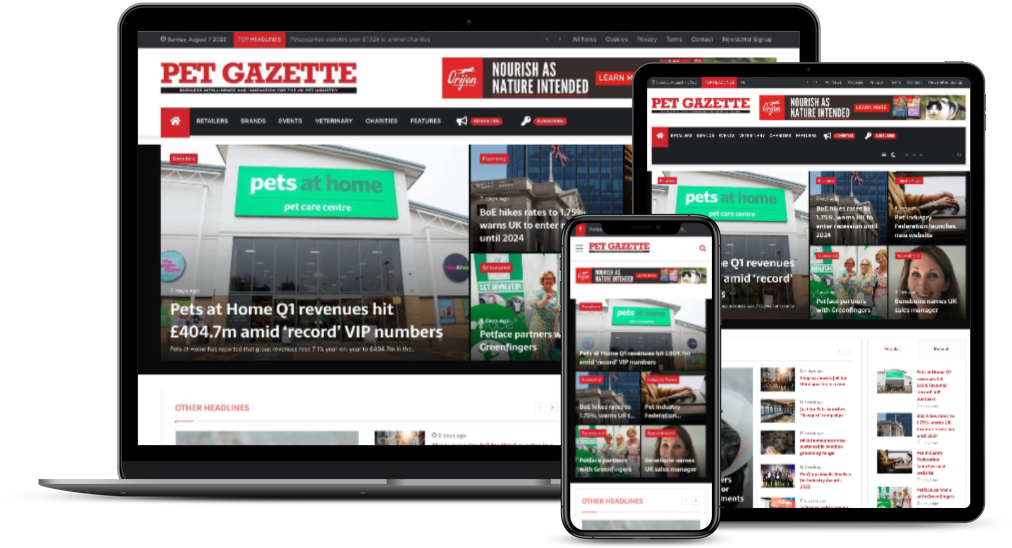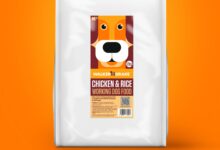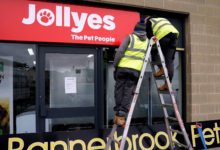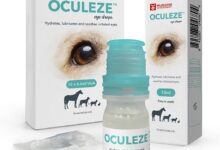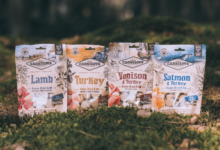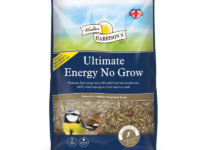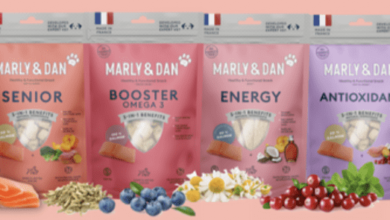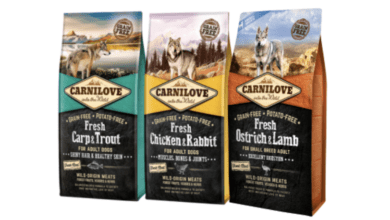
The pet industry has transformed in the last decade and trends like premiumisation and anthropomorphism show no sign of slowing down. The pandemic saw 3.2 million animals purchased during lockdown alone, and much to The Pope’s frustration, more young people are choosing to parent pets, rather than children. But have we reached peak Pawsecco?
Kimberley Howard, Culture and Semiotics Expert at international insight agency Verve has analysed consumer behaviour for some of the biggest pet brands. Here she explores four emergent semiotic codes within pets, predicting where pet care will head next.
1. Infantilised Pets
Shopping for our pets is now pretty similar to shopping for our kids. The branding of ASDA’s new pet aisle is distinctly brighter and more playful than other aisles – paw prints leading the way on the floor, colour-cordinated toys, and even signage that speaks to parents, not pet owners (the puppy section is titled ‘For Your Little Ones’). However, unlike children, pets aren’t allowed in ASDA stores: this childish design is for the benefit of the human consumer. Pet owners are finding the thrill in hunting for the perfect treat or toy to please their pets, just like treating their children.
This code is also present in other pet services, such as the increasing number of Doggy Day Care Centres set up to take care of pets during weekdays. Daycare DogsAloud refers to the daycare as ‘school’, documenting dogs’ ‘first days’ at school on Instagram, as well as filming their adventures to keep pet parents updated throughout the day.
2. Culinary Comforts
Pet food has also seen quite the evolution. Take pet food brand ‘Hug’ – the name of the brand already suggests it’s a symbol of care to our pets. The packaging is in ready-meal style containers, tapping into the ritual of providing comfort food as a gesture of love.
Utilising soft pastel tones, the design is a trope synonymous with disruptive millennial lifestyle brands, like Soft Skincare in beauty, or The Modern Nursery in childcare. The colours and branding are loaded with expectations of naturalness and sustainability – an antithesis to the bright, saturated colours regularly found in the children and pet categories. These brands are all seeking to convey kindness (to animal, to baby, to planet) via design cues that are deliberately diluted and inoffensive.
Another example is NakedDog – pet food that promises “Dog Food How it Should Be”. The product learns from natural human food in it’s cues: cardboard substrate, a sketched illustration of a dog, and handscript font. All of this communicates a rustic, low-processed feel – a suggestion that this is the equivalent of a hearty, wholesome, home-made meal vs. heavily processed ‘unknown’ meat.
3. High-Brow Hounds
Aside from mainstream pet retailers, niche pet lifestyle stores are popping up on high streets. Manchester’s Sticks & Socks looks more like an Aesop store than a pet shop, featuring a curated selection of beautifully minimalist pet products to browse like a gallery. In pet fashion, brand Occam creates designer clothes for the Whippet breed. The clothes themselves mirror the fashion choices of the designer – sleek turtlenecks for a refined but educated look. The Occam website mirrors a Zara catalogue, with its black and white editorial style; the whippets are posed elegantly like catwalk models – aloof and angular, rather than messy, playful or wild.
Reciprocal Relationships
However, in a different direction we’re seeing reciprocity and animal understanding emerging in culture and category.
In culture, the ethics of pet ownership are becoming heavily debated. The Guardian recently reported on the rise of complex medical treatments for pets, questioning whether these are truly ethical, or undertaken for selfish purposes. Likewise, author Jessica Pierce, in her book Run, Spot, Run, poses the question is having a pet good for the animal?
In category, Fenrir training courses speak of dogs as ‘canine companions’ rather than ‘pets’. In the intro to his puppy course, the trainer claims ‘the worst thing you can do for your pet is to treat it like a baby.’
In pet food, brands like Eden communicate ‘the best of science x nature’ with their white pack design and hand-script listed ingredients to suggest ‘only the essentials they need’. Wolves are depicted on pack to suggest nutritionally, this is what pets should be eating. We’re also seeing the rise of products like Fluent Pet, who provide the tools to give the pet a voice, rather than train it into submission.
The changing cultural conversation suggests the direction of travel is shifting away from anthropomorphism and toward understanding animal psychology and developing more reciprocal, mutually beneficial relationships. Reflecting on how humans and pets can meaningfully live as one in a way that’s true to both natures.
___________
This analysis suggests a number of considerations for pet brands.
- Pets are no longer lower than us in hierarchy, nor are they worshipped like idols. Language needs to reflect them as equals or ‘companions.’
- Use visual cues that suggest a back-to-nature approach – a shortcut to efficacy vs. human-style meals inappropriate for their needs.
- Design products and services that engage the pet’s primitive nature, such as toys that simulate their ‘working’ instincts, foods tailored to biology (e.g. ancestral diets) as well as products and services that educate consumers on real pet needs and behaviors, enabling us to better communicate with our companions.
Brands looking to remain relevant in this changing market will need to monitor emerging trends and invest in insight to understand which ones are meaningful to their customers. A 360 approach to insight is required, to consider not just what customers say they want but to contextualise this within the shifting culture of pet ownership. This might include semiotic analysis, conversations with fringe consumers embracing new frontiers of petcare, or creating a pet owner community for a truly interactive approach to market research. This gives a true picture of consumer behaviour, helping brands make smart and informed decisions.
By Kimberley Howard, trend expert at Verve

